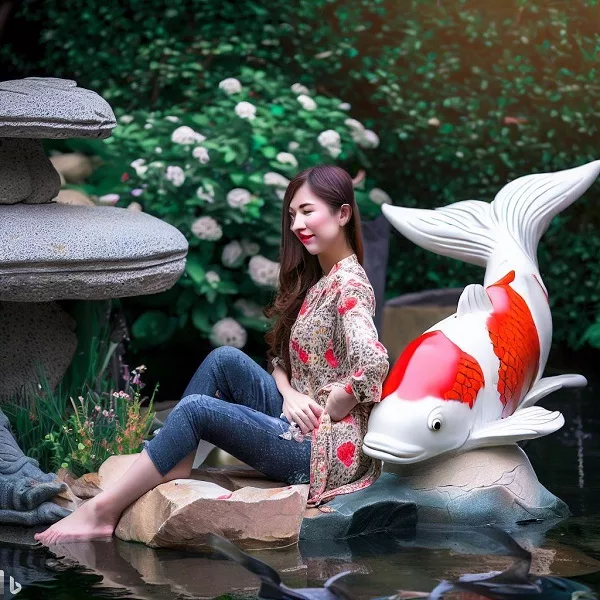



Koi fish sculptures have been a popular subject in art for centuries, and for good reason. These beautiful, colorful fish are not only visually stunning, but they also have significant cultural and symbolic meaning in many societies, particularly in Japan and China.
One of the most fascinating aspects of koi fish sculptures is the variety of mediums in which they can be created. From bronze to stone, each medium offers its own unique benefits and challenges, allowing artists to create truly one-of-a-kind pieces.
Bronze koi fish sculptures are perhaps the most well-known and popular medium for this subject. Bronze is a durable, long-lasting material that allows for intricate details and textures to be captured in the sculpture. This medium is particularly well-suited for creating sculptures that are meant to be displayed outdoors, as bronze is resistant to weathering and other environmental factors that can damage other materials. Many bronze koi sculptures feature exquisite patinas that give the pieces a sense of age and depth.
Stone koi fish sculptures, on the other hand, offer a completely different aesthetic and feel. Stone is a more delicate and brittle material than bronze, and as such, requires a great deal of skill and patience to work with. However, stone sculptures have a timeless, natural beauty that is hard to replicate in any other medium. The texture and grain of the stone can add an element of organic realism to the sculpture, while the smoothness of the surface can evoke a sense of calm and serenity.
Other materials that can be used to create koi fish sculptures include wood, glass, and even ceramic. Each of these mediums has its own unique properties that allow artists to create sculptures that are truly one-of-a-kind.